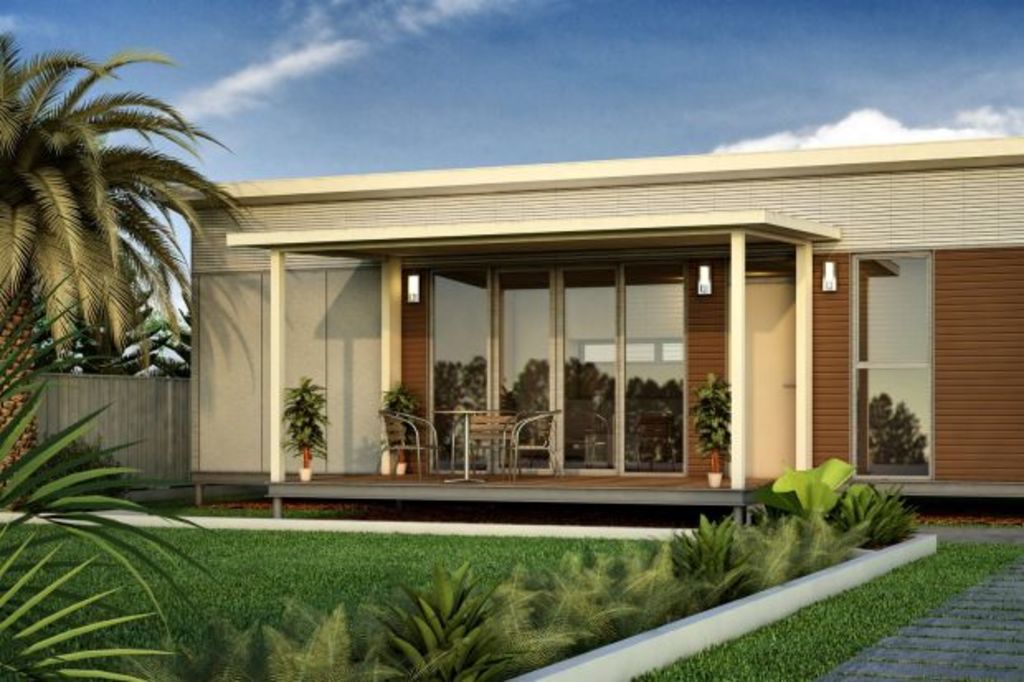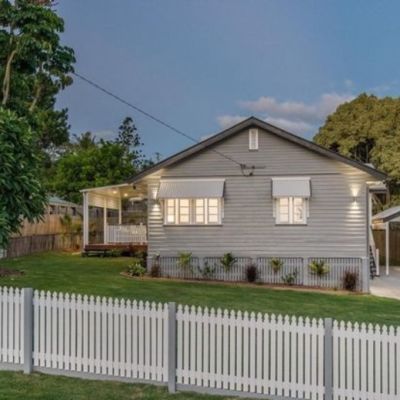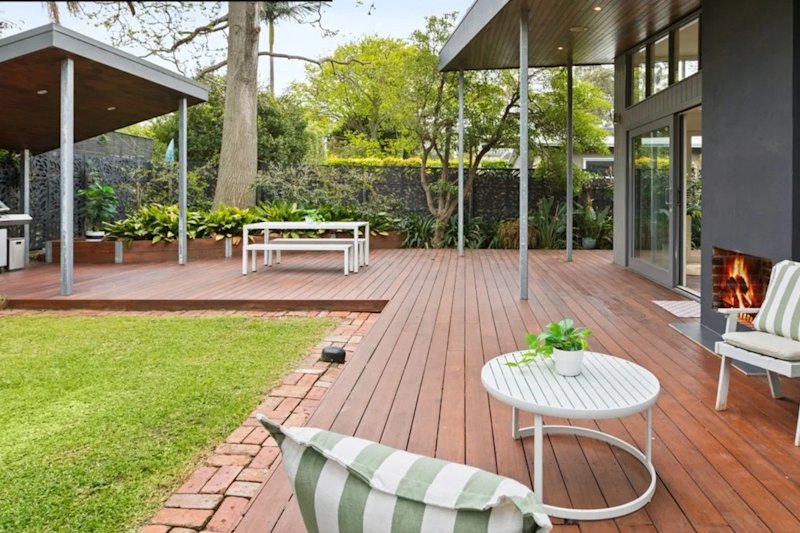Use your first-home buyers grant building a granny flat

Can’t afford a house? If you’re in Queensland, you can use the $20,000 first-home buyer grant to put towards building a granny flat instead.
As bizarre as it sounds, a new company that specialises in luxury modular houses has discovered that first-home buyers who cannot afford a house can still access the $20,000 Queensland Government grant if they build a granny flat.
Last year the government announced it would give first-home buyers an extra $5000 towards the cost of their new home, taking the total of the grant to $20,000. That extra boost is set to expire on June 30 and Nano Homes, a NSW-based building and finance company, is urging first-time buyers to consider a granny flat as a real property investment strategy before the grant drops back to $15,000.
Managing director George Nori says if the concept sounds left of field, buyers need to “think outside the square”.
“This is a fantastic opportunity — if first home buyers are unable to afford the cost of their own home, they can put property on a relative’s land,” he says.
“It gives excellent, flexible, long-term opportunities for families at all stages of life … parents can buy equity, they can downsize into the granny flat as their children’s families grow, it can be rented out, used for other siblings … the opportunities are endless.”
The cost of one of these modular granny flats — which are constructed off site then built on the land in about five hours — is $139,920. Included in that is a two-bedroom, two bathroom turn-key property with bamboo flooring, modern kitchen, internet, wiring for automation and ducted airconditioning.
With the $20,000 grant, the total cost of the house comes down to $119,920, which Mr Nori says couples on a modest annual income of $40,000 each should be able to pay off in about two years.
“After that, they’ve got an equity position. Depending on what council they’re in, they may be able to rent the granny flat out and get an income from it, or they could sell it to their parents and use the profit to upgrade to a more traditional home … the point is, you’ve created an equity position,” he says.
“The immediate fix is that it gets young people independent, it teaches them how to save, it creates that stepping stone and it also allows them to stay in the suburbs they know and love … and they get to take advantage of that grant before it expires.
“With a little help from their parents, home ownership can be accomplished in an amazingly short time frame.”
Of course, this solution only works if your parents have enough of a backyard to house a granny flat.
“It’s not a universal panacea but it can solve a lot of problems for youngsters who want to get on the ladder and also for their parents wanting to get their kids independent,” Mr Nori says.
We recommend
States
Capital Cities
Capital Cities - Rentals
Popular Areas
Allhomes
More
- © 2025, CoStar Group Inc.









